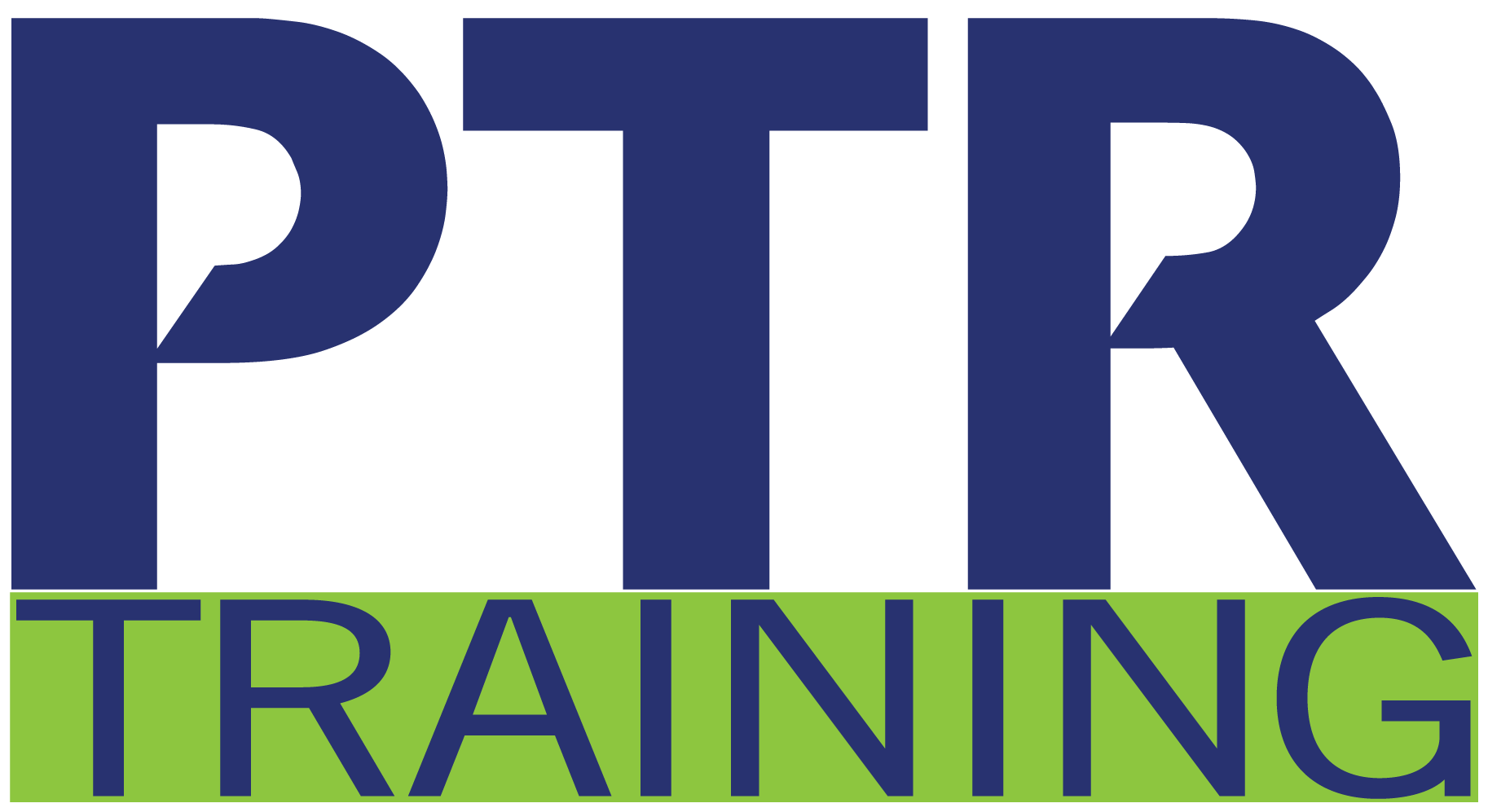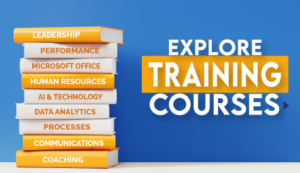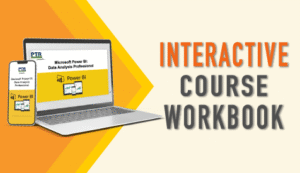This course equips federal leaders with strategies to build teams that are both efficient and adaptable. Participants will learn to identify inefficiencies, redesign roles for flexibility, and apply lean principles to team structures. The course also covers effective change communication, maintaining morale, and supporting psychological safety during transitions—empowering leaders to drive lasting, thoughtful organizational change.
Learning Objectives »
- Discuss what it means to be both streamlined and flexible.
- Identify inefficiencies, redundancies, and bottlenecks.
- Evaluate current team structures.
- Apply lean design strategies to build more agile teams.
- Reshape roles and introduce cross-functional responsibilities.
- Communicate change effectively.
- Maintain morale and engagement during transitions.
- Promote psychological safety to support teams.
- Lead with intention and adaptability.
Course Agenda
Foundations of Streamlined Flexibility
- Defining Streamlined and Flexible
- Examples within Federal Agencies
- Streamlining Scorecard
- Flexibility Scorecard
Diagnosing Inefficiency and Rigidity
- Warning Signs
- Workforce Audits
- Redundancies, Overlaps & Bottlenecks
- Tools to Consider
Redesigning Streamlined Flexibility
- Strategies for Lean Team Design
- Cross-Functional Positions
- When and How to Reshape Roles
- Questions for Reflection
Leading Through Change
- Communicating Change
- Maintaining Morale and Engagement
- Psychological Safety During Change





